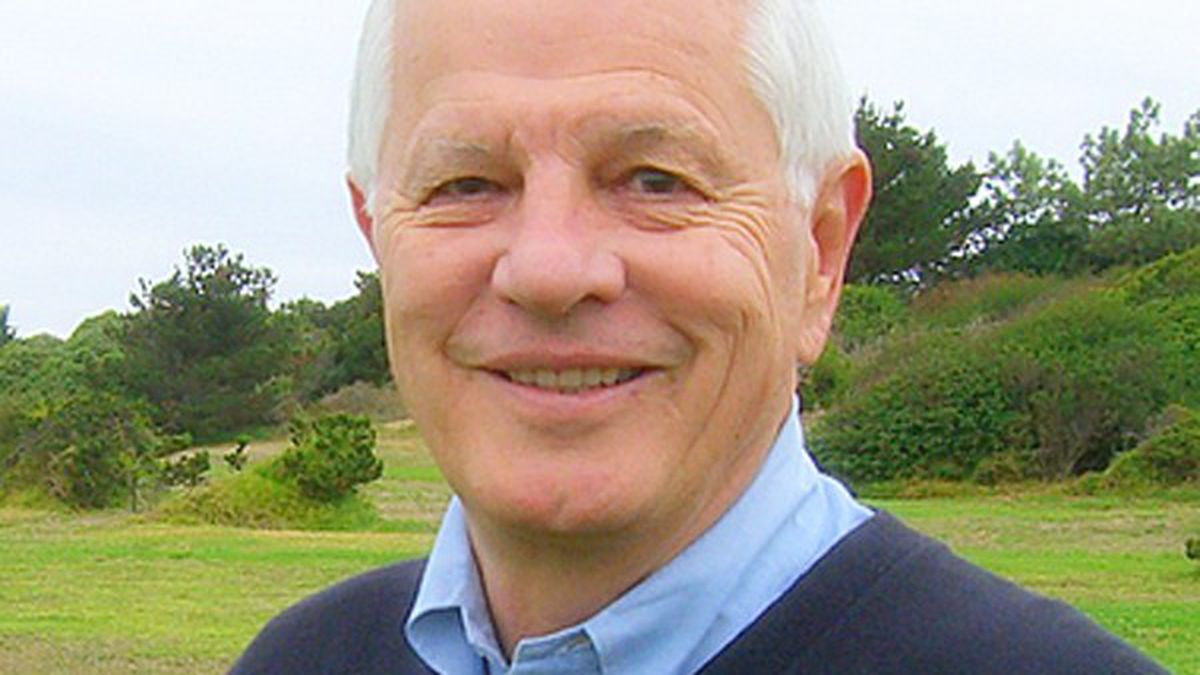Ever wonder why you can’t find housing in Berkeley? Or why you have to pay exorbitantly high prices when you do? It turns out the reason has to do with the term “liberal.”
Berkeley, of course, has a reputation for being one of the most liberal cities in America. And its mayor, Tom Bates, is without a doubt one of the most progressive in the nation. The former state Assemblyman and husband of Democratic state Senator Loni Hancock is also easily one of the most liberal mayors in the Bay Area. If he were an elected official in Oakland, he would firmly be ensconced in that city’s political left wing.
To some Berkeley residents, however, Bates is not “liberal” enough. They contend that he’s too “pro-business” or too “pro-development.” But then again, “liberal” doesn’t always mean “liberal” in Berkeley, and “progressive” doesn’t always mean “progressive.”
So here’s a word to the wise: Be wary when you hear those terms in Berkeley, because they probably don’t mean what you think they mean. You’ll also soon learn, if you haven’t already, that “liberal” and “progressive” get thrown around a lot, particularly among those who contend that they’re the true liberals or progressives in town, when, in fact, they’re not, especially when it comes to the environment and fighting climate change.
Members of this group, which represents a minority of city residents, also sometimes refer to themselves as “preservationists.” This warm-and-fuzzy-sounding descriptor is designed to evoke images of unselfish folk who work tirelessly to safeguard the city’s architectural heritage. In truth, many so-called preservationists are nothing of the sort. They’re anti-development activists who oppose nearly all efforts to construct new housing and new buildings in Berkeley.
In short, these folks are NIMBYs (Not in My Back Yard), and they want to keep Berkeley exactly the way it is (which, when you think about it, is the opposite of progressive). To block change, these folks spend what seems like every waking hour fighting plans for new housing and new businesses in Berkeley. They pack City Hall chambers and scream at the city council; they file lawsuits and tie up the courts; they make it nearly impossible for the city to grow. New housing projects and new buildings often take five, seven, or ten years to be completed — if they’re ever finished at all.
The irony, of course, is that many of these anti-development folks also consider themselves to be “environmentalists” — even though climate-change scientists agree that one of the most effective ways to fight global warming is build more housing and create more jobs in cities like Berkeley in order to curb suburban sprawl.
So why are we telling you all this? Because it’ll not only help you understand Berkeley politics, but it’ll also clue you in on why so many Cal students can’t find housing in town — or why they have to pay ridiculously high rents when they do. Although there has been a substantial amount of housing built during Bates’ administration, there still isn’t nearly enough to meet the huge demand — a combination that sends rents through the roof.
Understanding the impact that NIMBYs have on the city will also give you insight as to why downtown Berkeley, Telegraph Avenue, and other shopping districts are pocked with empty storefronts and vacant lots. There simply aren’t enough people living here to make more stores, restaurants, and bars financially viable.
So who are these anti-developments folks? They’re typically longtime Berkeley residents who live in rent-controlled apartments or own homes with absurdly low property taxes. And when it comes to the city’s power structure, they’ve often been able to count on Councilmen Jesse Arreguin and Kriss Worthington to vote against plans that would accommodate more housing and more businesses.
By contrast, the rest of the council, led by Bates and Councilmembers Laurie Capitelli, Susan Wengraf, Darryl Moore, and Gordon Wozniak, typically embrace proposals for more growth. The other two councilmembers, Linda Maio and Max Anderson, often vote with the majority, but sometimes side with Arreguin and Worthington.
So, besides explaining why you can’t find housing, why should you care about any of this? Because UC Berkeley students have an historic opportunity this fall. For more than a century, Cal students have wielded almost no political power in town. But that could change this November with the passage of Measure R.
Supported by numerous student groups, Measure R would change how political districts are drawn in Berkeley, potentially allowing the creation of a “student district” for the first time ever, and thus a “student seat” on the council. If that were to happen, Cal students for the first time in the city’s history would have a direct vote on issues that deeply affect them, such as the lack of housing.
So if you’re a new Berkeley student and resident, or if you attend Cal and have lived in town for a while and haven’t yet registered to vote, you should — if you want to finally have some power to effect change in the city.












